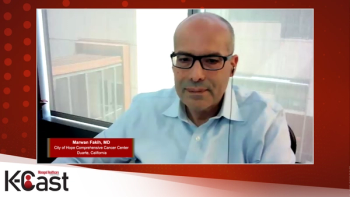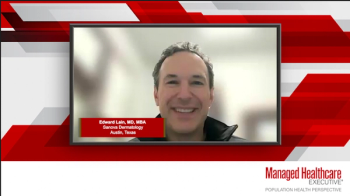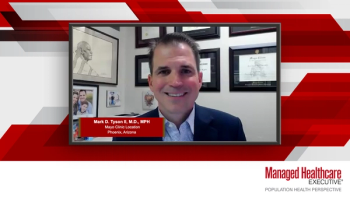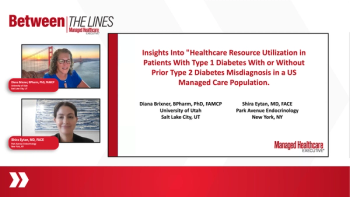
A panelist discusses how the FDA approval and NCCN endorsement of retifanlimab plus carboplatin/paclitaxel represents a milestone that should focus attention on adding PD-1 inhibitors to advanced squamous cell anal carcinoma treatment while highlighting future therapeutic opportunities including combination immunotherapies (PD-L1 with CTLA-4 inhibitors), bispecific antibodies targeting EGFR, cellular therapies targeting human papillomavirus-associated antigens E6/E7, and antibody-drug conjugates, emphasizing the critical need to disseminate this recent level-one evidence to providers and remove insurance barriers to ensure patient access to these important treatments.




















